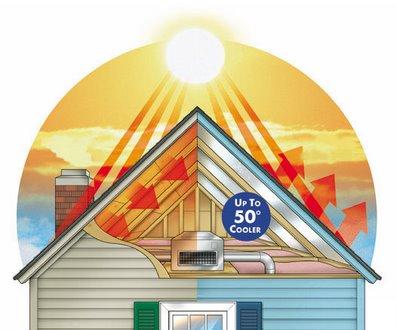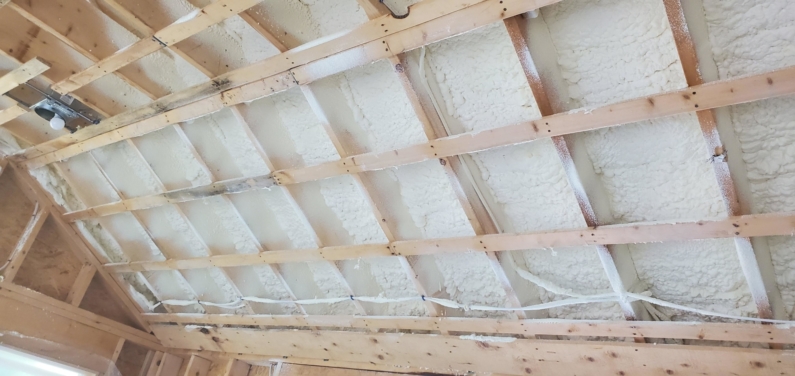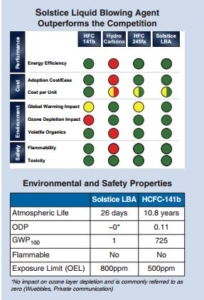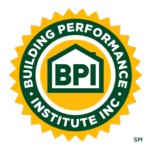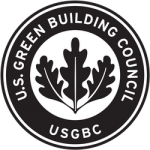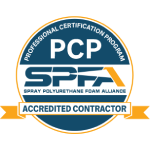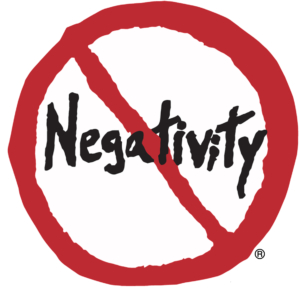
This is a great article about why over half the new homes in the USA are insulated with fiberglass batts.
"The big problem with fiberglass is that nobody understands how to properly install it to minimize air leakage. And if they do understand how to install it, they don't want to spend the time and money doing it.
"So builders will happily keep building crappy walls that the wind can blow through because people can’t see it. They would rather sell visible performance, like windows and mechanical systems, because they can get real money for that."
Read entire article from Treehugger.com, and then call us!

